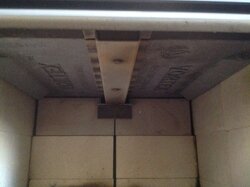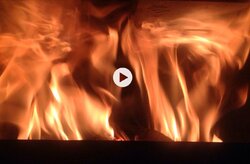O
oldspark
Guest
You are not the first person to question the outside temp of class a pipe, it will get hot to the touch and like Todd said if installed correctly will not be a problem. Hold your hand about 2 inches away from the pipe and see how hot that feels.so sounds like I need to actually go up to 1000 with the flue thermometer prior to shutting the air down and perhaps try to develop a better coal/ash bed. What is a safe temp for the outside of class A chimney in the attic? It was hotter than I thought it was going to be. Could only leave my hand on it for a couple seconds.



